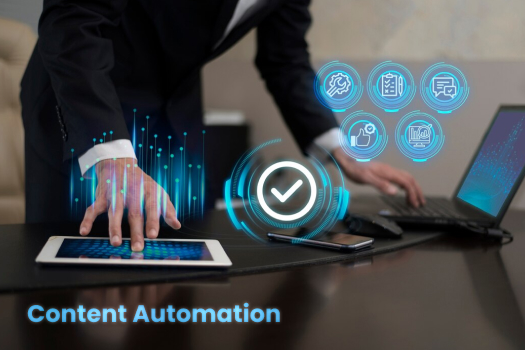Traditional marketing practices, tactics of door-to-door sales, or cold calls are the things of the past. They are no longer effective in this fast-paced digital world. Now, content marketing has become the new way to reach customers. It has made an astounding impact on the marketing industry. Content marketing is more than just preparing, sharing, and distributing content in order to generate leads, improve branding, connect to a large audience and achieve marketing goals.
A content marketing strategy analyzes or inspects the different ways content marketing can be used across a consumer’s journey along with their varied experiences. But in order to boost this strategy, you need to go beyond this. So, let's take a look at these 4 useful tips that will improve your content marketing strategy:
1. Style your content attractively
Sometimes reading content online can be boring so make sure you put extra effort to style your articles effectively. Keep it short and simple. Divide the sections of your content with short, compelling headings and subheadings, and try to keep your paragraphs crisp and brief. Use bullets or pointers to present the content as a list, this will help your readers to get drawn to these bulleted texts. Also, have thorough research on the topics related to your industry and look for sources of inspiration.
2. Try to create more visual content
Visual content simply means content with pictures and videos. Visual content always performs better than any other type of content when it comes to sharing. This simply means that if your content posts and links are not getting enough shares, you could change them to visual content. Create custom images, infographics and share video tutorials to improve your content outreach strategy.
3. Improve your promotional efforts
For you, your content should be like a living thing: It needs to be supported and nurtured in order to grow properly. This simply means that your promotion efforts are equally important for a successful content marketing strategy as your content creation efforts. All sources that you have used to create content, whether original or curated, should be given a chance to be promoted and shared within their circles and on specific channels.
4. Share your content at the right time
The time to share your content is very critical regardless of how attractive or appealing your content may be. If you are sharing your articles or content at a time when most of your audience is at work or asleep, there is a big chance that your content might not get the number of shares it really deserves.
To know more about content marketing services and the latest digital trends of marketing, Contact us!
The ultimate marketing toolkit
Related Blogs
We explore and publish the latest & most underrated content before it becomes a trend.
6 min read
What is Content Automation? Must-read Automated Content Guide in 2024
By Vibhu Satpaul
Subscribe to Saffron Edge Newsletter!

The ultimate marketing toolkit










